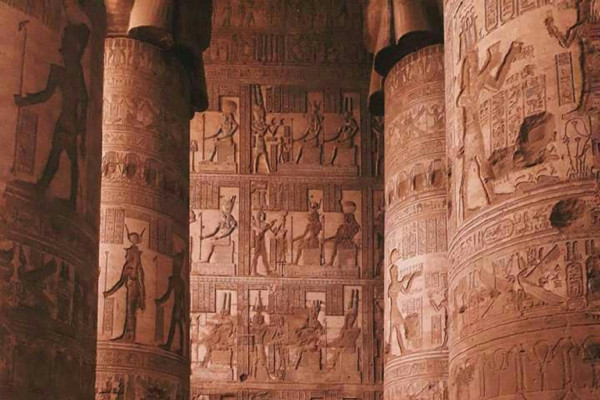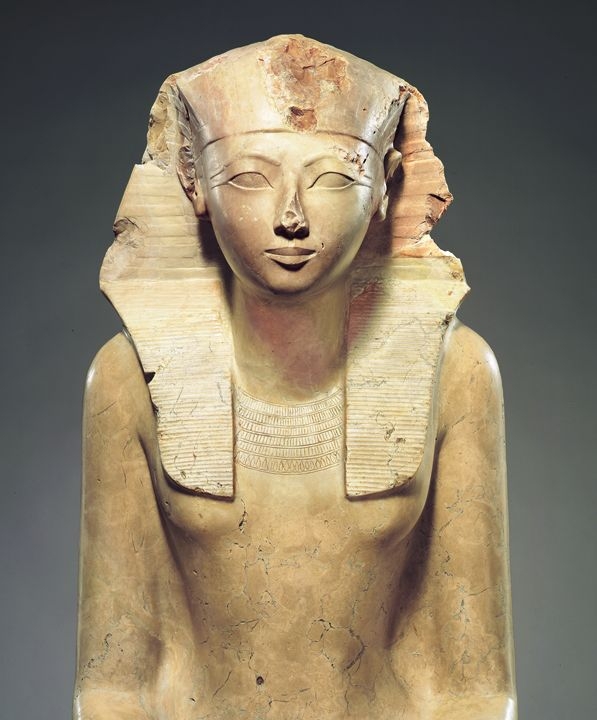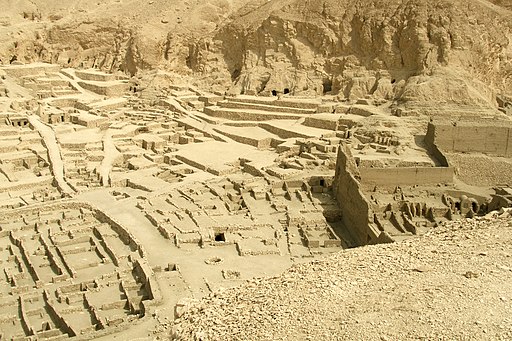Ancient Egyptian history was divided into 30 families or dynasties in the early Third century BC by a Greek historian, Manetheo. Within these dynasties, there were sub-divisions called Kingdoms. This was when Egypt was a united country North and South. Within all these periods, certain were prominent - the Dynasty Four Kings of Menkare and Cheops (they built two of the massive pyramids at Giza), Thuthmosis III, Hatshepsut, Amenhotep III, Akenaten, Tutankhamun and Ramesses II.
These later kings oversaw development of Egypt as an empire, expanding well beyond the country’s borders. By the end of the New Kingdom, during Dynasty 20, we find Egypt in the last grasps of this “heroic” period and the final, indigenous Egyptian kings. As historians, art historians and archaeologists, how do we track data that reveals the decline and decay of a once-flourishing empire? This talk today will explain exactly how..
Simone Burger Robin is a dual national - American and French. After studying early Italian Renaissance painting and iconography, she changed fields to ancient Egyptology, focusing on art and archaeology. Simone earned a PhD in Egyptology from The Johns Hopkins University in Baltimore, Maryland. Her particular field of study is the final years of the New Kingdom in Egypt and, how these manifest themselves in the material culture of the period. She currently is the editor of the Journal for the Study of Ancient Egyptian Antiquities in Toronto.
Image by Jasmine qasem via Pexels






